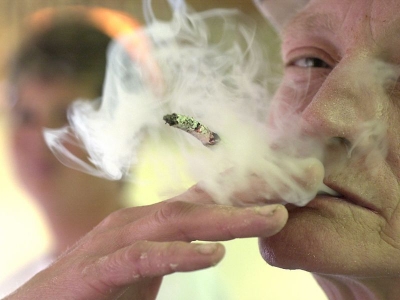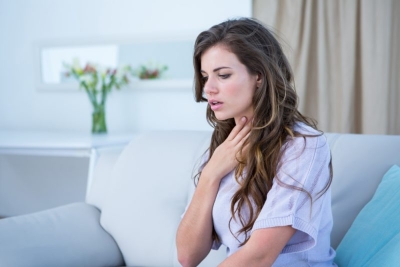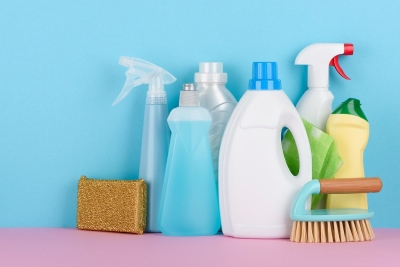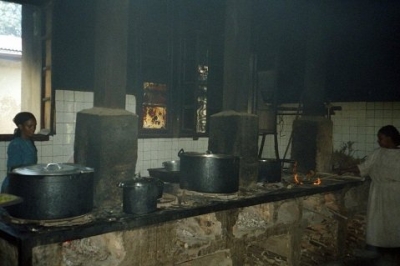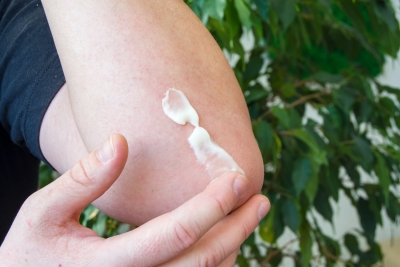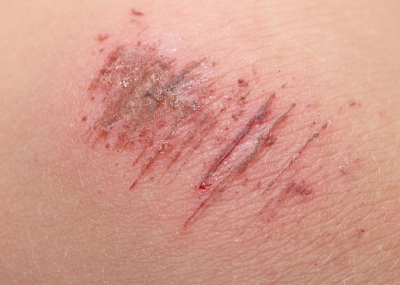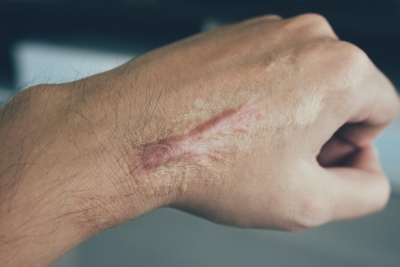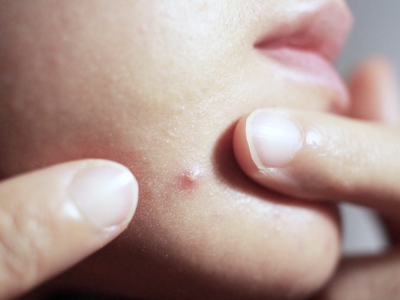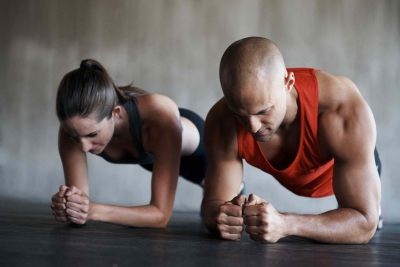Why are vitamins good for us?

Medical science has only really understood the importance of vitamins in this century, even though human beings have needed and using them since human life first appeared millions of years ago.
It is now known that we need over twenty vitamins. Some help us grow and develop. Some protect us against illness and disease. We cannot make the vitamins we need in our own bodies, so we have to get them from our food. We only need tiny amounts of them each day. But just those small regular doses help keep us healthy.
One of the first vitamin discoveries came from sea voyages. Sailors could not eat fresh fruit and vegetables while they were away from land for long periods. After a few weeks they began to fall ill with a disease called scurvy. Three hundred years ago some ships started carrying orange and lemon juice on voyages. The crews drank this every day and very few men went down with scurvy. The fruit juice obviously did them good. Now it’s known that scurvy is caused by a short age of vitamin C. That is why fruit, especially oranges and lemons, and green vegetables are so good for us.
Picture Credit : Google
